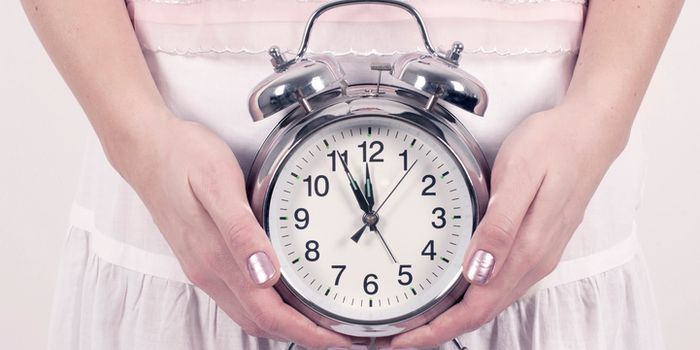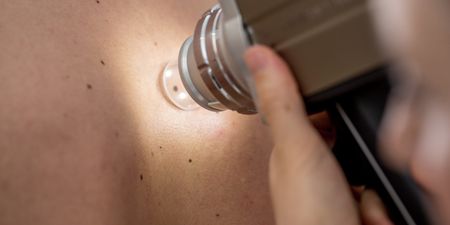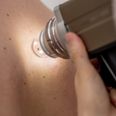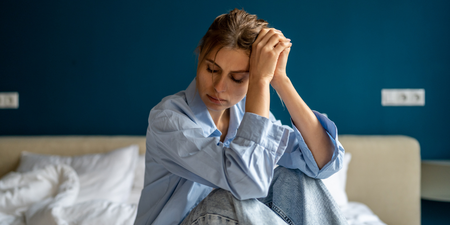Brought to you by ellaOne.
Most of us think about our cycles as involving three phases: PMS, menstruation and then the ‘normal’ part of the cycle.
It turns out that our period-centric view of our monthly cycles tends to ignore one key part: ovulation.
Ovulation is the process by which a woman’s body releases an egg and it happens every month. It’s the most sensitive, and arguably most important, phase where you have the highest chance of becoming pregnant. But, when it comes to ovulation what do we really know about the whole process? Here are five things that might surprise you!

1. You’re born already bearing the total number of eggs that you will ever have in your lifetime.
As a baby girl, you’re born with one to two million immature eggs in your ovaries (called oocytes). By your teens, half those eggs are absorbed by your ovaries and only 300 to 500 of those oocytes become mature eggs in your lifetime.
2. You might not ovulate on the same day every month
But wait, your egg is always released on day 14 of your cycle, right? Wrong.
You might not ovulate on the same day of your cycle from one month to the other. Women who typically have a regular cycle can be in their fertile window any time from day 6 to day 21. And, women with an irregular cycle can be in their fertile window anytime from day 8-28. Stress, diet and travel can also affect ovulation timing, and women generally have no way of knowing the exact time of it happening.

3. You have no way of knowing when you are at risk of pregnancy each month
In theory, during the average woman’s menstrual cycle there are six days when sex can result in pregnancy. This risk period, also called the ‘fertile window’ is the five days before ovulation (egg release), plus the day of egg release itself.
In reality, you have no way of knowing when your fertile window is – it can be at a different time every month – this means you can actually get pregnant at any time throughout the month. And, sperm can remain viable inside you for several days after you actually get it on so there’s no such thing as a ‘risk free’ period.
4. You’re even sexier when you ovulate
When British researchers asked a group of men to look through photos of 48 women and choose who they thought were the most beautiful, the results overwhelmingly showed men were more drawn to ovulating women. Most notably on their radar? The fuller lips, dilated pupils and softer skin tone of the women who were ovulating.

5. The morning after pill delays your ovulation
A lot of people don’t know that the morning after pill really works by delaying ovulation – so delaying the release of an egg. This means that sperm waiting in the fallopian tubes will be unable to meet an egg and fertilise it. It’s similar to regular contraceptive pills, which mostly work by preventing egg release. If you’re already pregnant, emergency contraception will not interrupt your pregnancy.
Brought to you by ellaOne.
ellaOne is an emergency contraceptive pill that is available from pharmacies without a prescription. No other morning after pill is more effective at preventing pregnancy after unprotected sex.
ellaOne consists of one tablet which should be taken as soon as possible, but no later than 5 days (120 hours) after unprotected sex or contraceptive failure. Each tablet of ellaOne contains 30 mg ulipristal acetate. Always read the label


















































